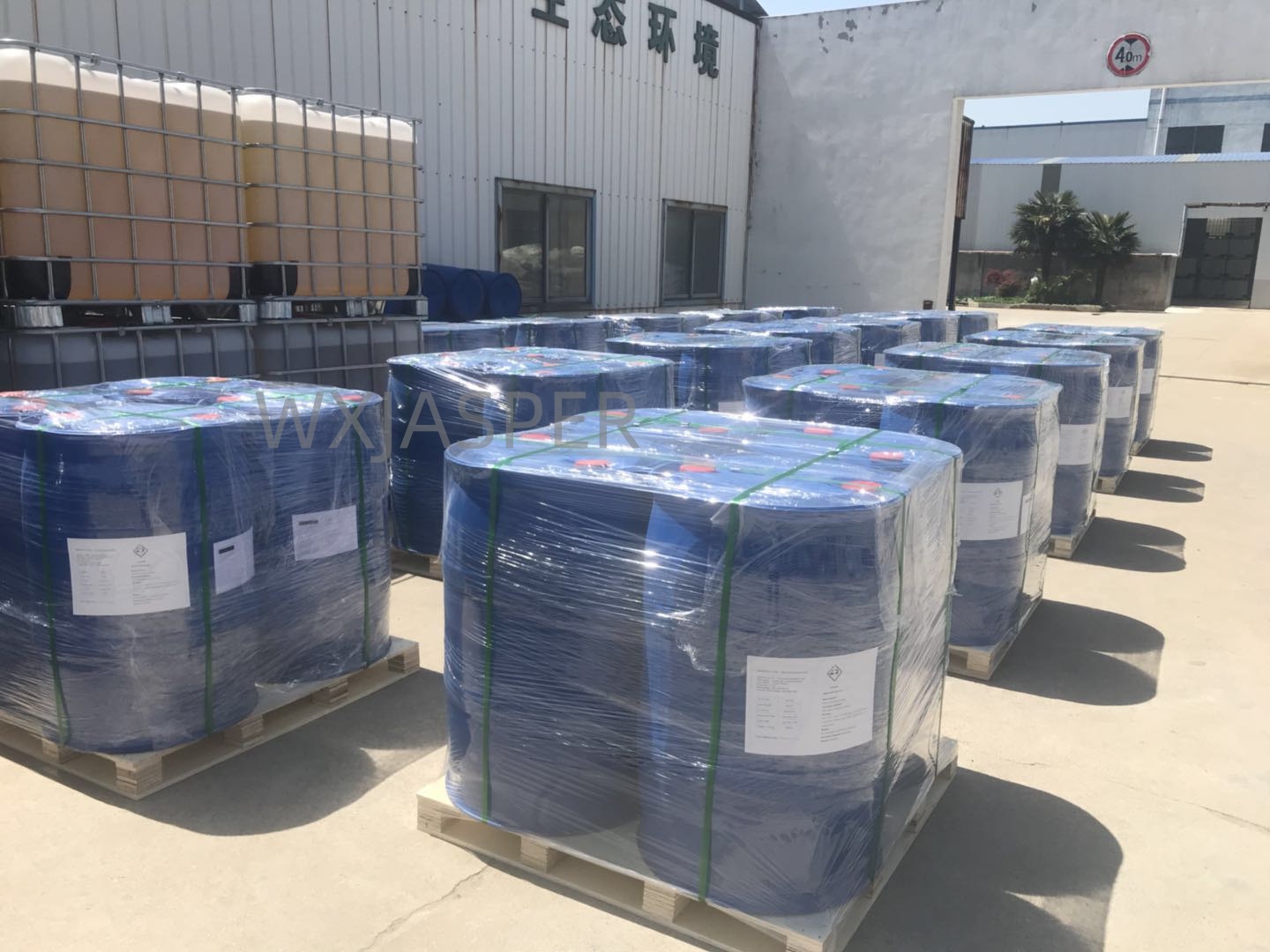Your Location:Home > Products > Solvents > TERMUL 200



CasNo: 68439-46-3
MF: C13H28O2
Appearance: liquid
Delivery Time: 15 days
Packing: 200kg/drum
Purity: 99%
1. Basic Attributes
2. Core Physicochemical Properties
| Index Item | Presumed Standard Range | Description |
|---|---|---|
| Appearance (Room Temperature) | Light yellow transparent liquid | No stratification or sedimentation; may be slightly turbid at low temperatures (<5℃) and regain transparency when heated |
| Hydroxyl Value | 50-60 mg KOH/g | Reflects the content of unreacted hydroxyl groups, positively correlated with hydrophilicity |
| Cloud Point (1% aqueous solution) | 90-95℃ | Characterizes hydrophilicity; higher cloud point indicates stronger hydrophilicity |
| Surface Tension (0.1% aqueous solution) | 30-35 mN/m | Excellent wetting ability, can quickly reduce the surface tension of solid particles |
| Solubility | Soluble in water, ethanol, propylene glycol | Insoluble in mineral oil, dispersible in vegetable oil |
3. Functions and Typical Application Scenarios
Core Functions:
Typical Application Fields:
4. Usage Specifications and Precautions